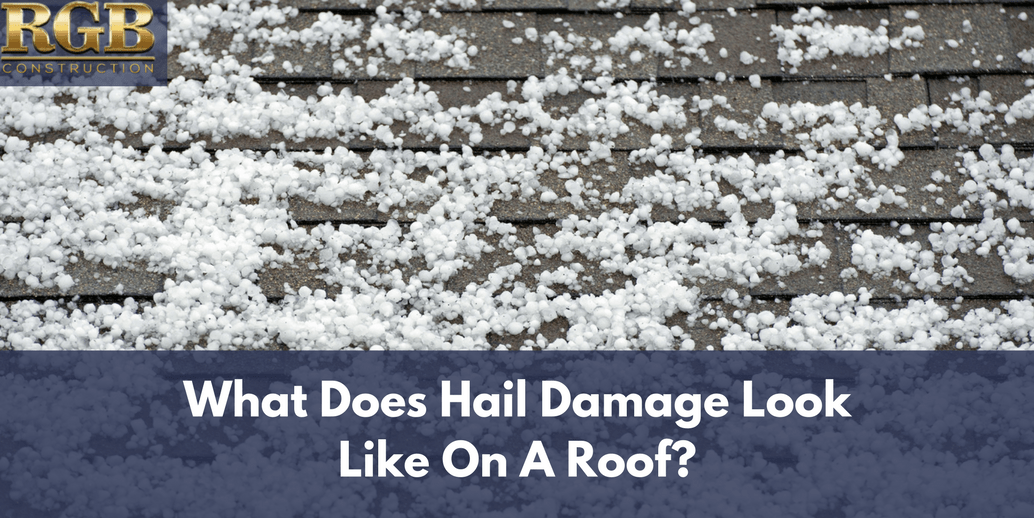Most homeowners know what hail sounds like on a roof, and they cringe every time it hits and bounces every which way on their rooftops. The noise can be maddening and give the impression that the roof is about ready to come crashing down, but do they actually know what a roof looks like once hail has landed on it and possibly damaged it?
Hail or Something Else
Just take note that it is necessary to eliminate the possibility that damage could occur from weather situations other than hail. Natural aging of a roof, sun exposure and shingle manufacturing abnormalities are other indicators that hail might not be the culprit.
Areas to Check for Roof Hail Damage
To actually establish whether there is hail damage to a roof, there are different areas of a roof that should be examined. Shingles will more easily reveal damage, but other areas need to be checked as well, such as the ridge cap (top), vents, flashing, edging, gutters, skylights, chimney areas and any other metal related structures on or near the surface of a roof.
Hail damage can be mild to serious and any dents, spots, cracks, breakage, deterioration or other problems will depend on the size of hail and the condition of the roof. Here are a few effects that homeowners might have to deal with because of roof hail damage and what can be done about damage once it has occurred.
Shingle Damage
Hail damage to shingles (asphalt) usually consists of dark spots, or what is called bruising, where the hail stones have hit the shingles and have made enough of an indentation on them for the spots to appear. The granules on the shingles will probably be missing as well and if the hail is really heavy, it may leave cracks in the shingles.
When wood shingles are affected by hail damage, there will be sharp-edged splits in the wood as well as orange or brown colored splits. There also may be marks from the contact that hail has made along the split of the wood.
Other Damage Indications
When looking at a roof that has been damaged by hail, one of the first indications of probable damage is an overall indistinct or scattered pattern of hits. There may also be signs of underlayment damage, which means that any mat pieces under the shingles will be open to exposure and subject to further loss of granules. In addition, other indications will be the mats or asphalt shingles will have a shiny or slick appearance. Smaller hail that hits will appear as a slight touch, dent or bruise as previously mentioned.
What can be Done?
If you think you have found serious evidence of hail damage, it is best to consult a roofing contractor that has expertise in hail damage. Even with your own inspection, it is difficult to determine the severity of damage. An expert will be able to inspect for damages, explain the extent of damages and relate necessary repairs or replacement procedures. If you are concerned about possible hail damage to your roof, complete the online contact form and a representative will get back to you with the answers you need to repair your hail damaged roof.







